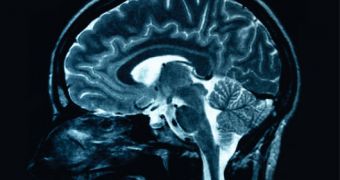Not very long ago, neuroscientist Kent Kiehl of the Mind Research Network in Albuquerque, New Mexico took it upon himself to investigate whether or not it is possible to predict which criminals are the most likely to become reoffenders by scanning their brains.
The scientist now claims that there is indeed a link between the make-up of such people's brains and their chances to get back in jail shortly after having been released.
As Kent Kiehl explains, certain convicts display rather low activity levels in a part of their brain that is known to be in charge of decision making and action.
By the looks of it, these criminals are the ones who stand the most chances of not learning from their previous experiences and continuing to behave in ways that can get them in trouble.
The neuroscientist has reached these conclusions after he and his colleagues scanned the brains of a total of 96 male convicts and later on kept a close eye on them for a period of up to four years.
Despite the fact that other variables such as age, substance abuse and psychological disorders were also taken into consideration, it appears that the convicts whose anterior cingulate cortex was not all that active were also the ones who were more likely to experience new run-ins with the police shortly after being released from prison. Nature informs us that, although Kent Kiehl and his fellow researchers admit that the results of their investigations are promising, to say the least, the specialists are not yet ready to claim that this technique of predicting which convicts are bound to become reoffenders is bulletproof.
As Kent Kiehl puts it, “This isn't ready for prime time.”
The researchers hope that, as they continue to investigate the matter at hand, they will be able to perfect this technique and make it more reliable.
A detailed account of Kent Kiehl's and his colleagues study was published in the journal Proceedings of the National Academy of Sciences.

 14 DAY TRIAL //
14 DAY TRIAL //